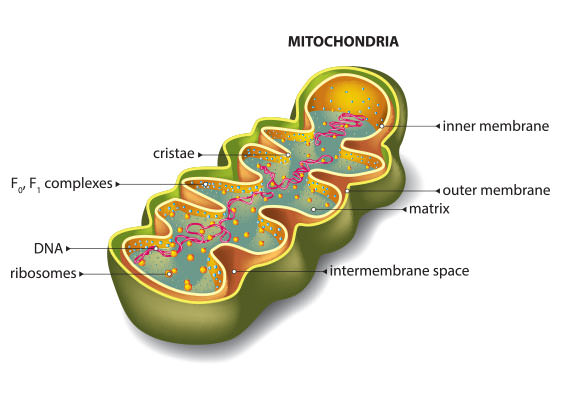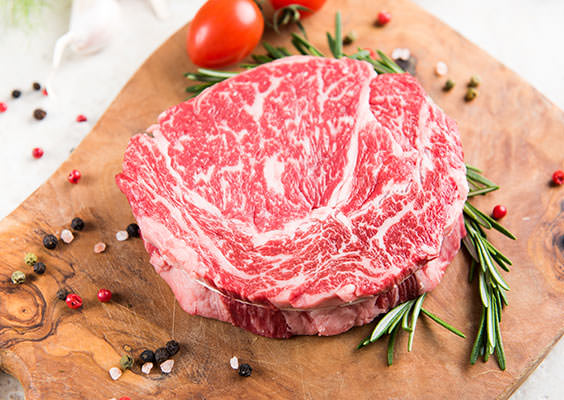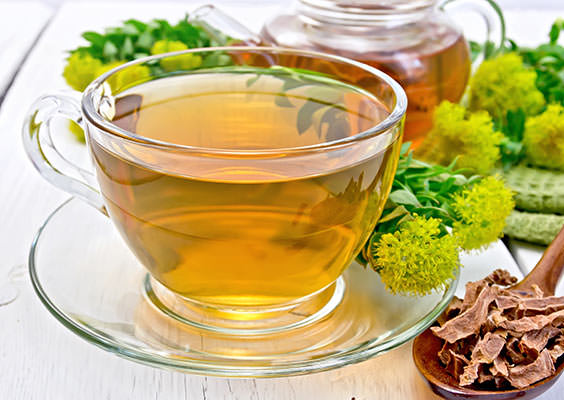For more than a decade now, I’ve been boosting my patients’ mitochondria with two super-nutrients — CoQ10 and pyrroloquinoline quinone, or PQQ.
You see, if you keep your mitochondria healthy, your body will have all the energy it’ll ever need to stay strong and ward off the diseases of aging.

The problem is that mainstream medicine is lagging way behind, so you won’t hear about this from your doctor.
But along with your telomeres, the cellular time keepers at the ends of your chromosomes, your mitochondria are key components in the anti-aging equation. Keeping them safe and charged is essential to healthy aging.
Recently, I’ve discovered three other nutrients that have an amazingly powerful effect on your mitochondria — but more about that in a minute.
Mitochondria’s function inside of your cells
You see, your mitochondria are part of your body’s nanotechnology. They are tiny structures in your cells that act like batteries. They provide the energy your cells need to function.
The problem is that as you age, your old mitochondria start to deplete — and those that remain become weaker.
Not only do you lose the energy and vibrancy of your youth, you become susceptible to the chronic disease of aging.
That’s because your mitochondria control your body’s master energy system, which lets you see, hear and feel. They beat your heart, stimulate your sex drive and allow you to think. They power every function and organ in your body.
Research shows that damaged mitochondria can lead to:1
- Strokes;
- Heart disease;
- Coronary artery disease;
- Chronic fatigue syndrome
- Fibromyalgia
Your heart and brain are especially vulnerable to mitochondrial dysfunction, because they use more energy than any other organs in your body.
But healthy mitochondria continually power up your energy levels and protect you from disease at the same time.
That’s why I researched a new formula that’s specifically designed to protect and energize your tiny power plants.
I still recommend you keep taking CoQ10 and PQQ, but to protect your mitochondria and give them an extra charge, here are the three most active ingredients in my new formula…
Best nutrients to boost your mitochondria
- Acetyl-L-Carnitine: This amino plays a crucial role in making energy in your cells. It transports fatty acids into the mitochondria, where they are burned for fuel. It also carries toxic waste out before it can do damage.
But as you age, carnitine levels in your tissues drop.2 That’s why you need acetyl-L-carnitine (ALC). Your body converts L-carnitine to ALC. Studies show when your mitochondria slow down, ALC can fire them up again. Studies also show ALC reverses the malfunction in mitochondria as you age.3

The best source of L-carnitine is grass-fed red meat. But you can also supplement. I suggest taking at least 500 mg of ALC every day on an empty stomach. Look for a formula with only L-carnitine and not D, L-carnitine. D-carnitine is synthetic. - N-Acetyl-Cysteine (NAC): Another amino acid that’s also a powerful antioxidant. NAC helps make glutathione, the body’s most powerful antioxidant. Glutathione is the main line of defense for mitochondria. It helps prevent and repair oxidative damage, thus protecting your mitochondria.4,5
Studies show it also protects your telomeres from oxidative damage.6 So it throws a one-two anti-aging punch. I advise supplementing with 500 mg per day.
- Rhodiola Rosea: This tough, little yellow flower is native to the arctic mountains of Eastern Siberia and it’s a great herb for enhancing mitochondrial energy production. I’ve seen its power to energize my patients. In just a few months, they are visibly younger and stronger. And they tell me they feel that way, too.

You can find rhodiola tea in your local health food store. Or you can take it in capsule form. It’s also called golden root or roseroot. But make sure you get a formula with enough of the herb’s active compounds. Look for an extract standardized to contain at least 3% rosavins and 1% salidroside. That’s the same ratio found in the natural root.
I recommend taking 250 mg a day on an empty stomach, preferably in the morning because rhodiola stimulates your brain.
To Your Good Health,
![]()
Al Sears, MD, CNS
1. Neustadt J, Pieczenik SR. “Medication-induced mitochondrial damage and disease.” Mol Nutr Food Res. 2008;52(7):780-8.
2. Opalka, J., Gellerich, F., Zierz, S. “Age and sex dependency of carnitine concentrations in human serum and skeletal muscle.” Clinical Chemistry, 2001, 47: 12, 2150-2153.
3. Kidd PM. “Neurodegeneration from mitochondrial insufficiency: nutrients, stem cells, growth factors, and prospects for brain rebuilding using integrative management.” Altern Med Rev. 2005; 10(4):268-93.
4. Montserrat Marí, Albert Morales, Anna Colell et al. “Mitochondrial Glutathione, a Key Survival Antioxidant.” Antioxid Redox Signal. 2009; 11(11): 2685–2700.
5. Kelly GS “Clinical applications of N-acetylcysteine.” Altern Med Rev. 1998;3(2):114-27.
6. Ludlow A, Spangenburg E, Chin E, Cheng W, Roth S. “Telomeres Shorten in Response to Oxidative Stress in Mouse Skeletal Muscle Fibers.” J Gerontol A Biol Sci Med Sci. 2014;69(7):821-30.

